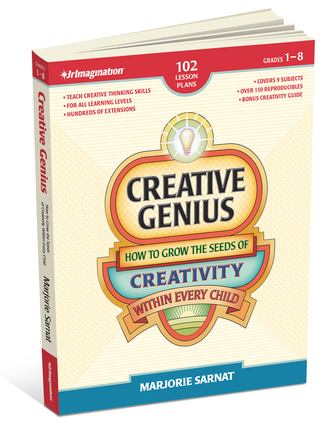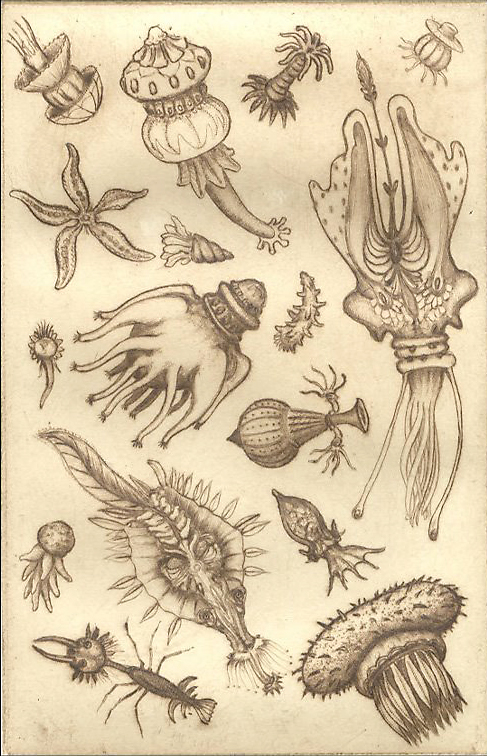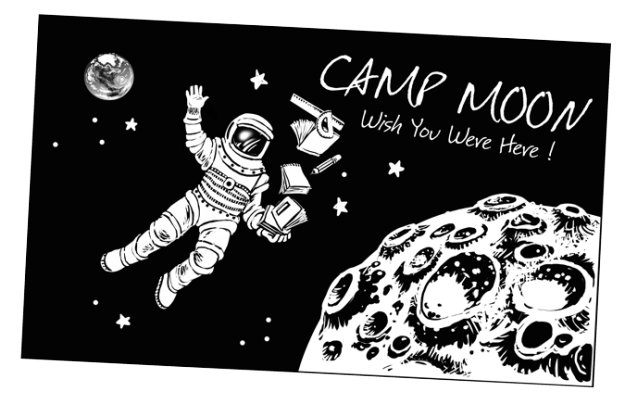100 Years Later the Imagination of John Martin Still Delights
 Sunday, April 14, 2013 at 2:30PM |
Sunday, April 14, 2013 at 2:30PM |  Marjorie Sarnat
Marjorie Sarnat Meet one of my favorite Creative Heroes. Morgan van Roorbach Shepard had a lonely life in the 1870s. He was orphaned at 9 and raised in a series of American boarding schools where he was an outcast. Yet he believed in the power of creativity (whether he knew the word as we mean it or not), and he believed in the potential of children's minds.
Later he renamed himself John Martin, honoring a colony of Martin birds he enjoyed watching as a child, and began writing and illustrating children's stories and verse. In 1908 he founded an imaginative publication called John Martin's Letters, which he mailed to 2000 children each month.
By 1913 the letters had grown into a popular children's magazine, John Martin's Book, which continued through 1933.
 WORDS AND PICTURES – These stylish, whimsical silhouettes with accompanying verses were characteristic of the illustrations in John Martin's Books.
WORDS AND PICTURES – These stylish, whimsical silhouettes with accompanying verses were characteristic of the illustrations in John Martin's Books.





